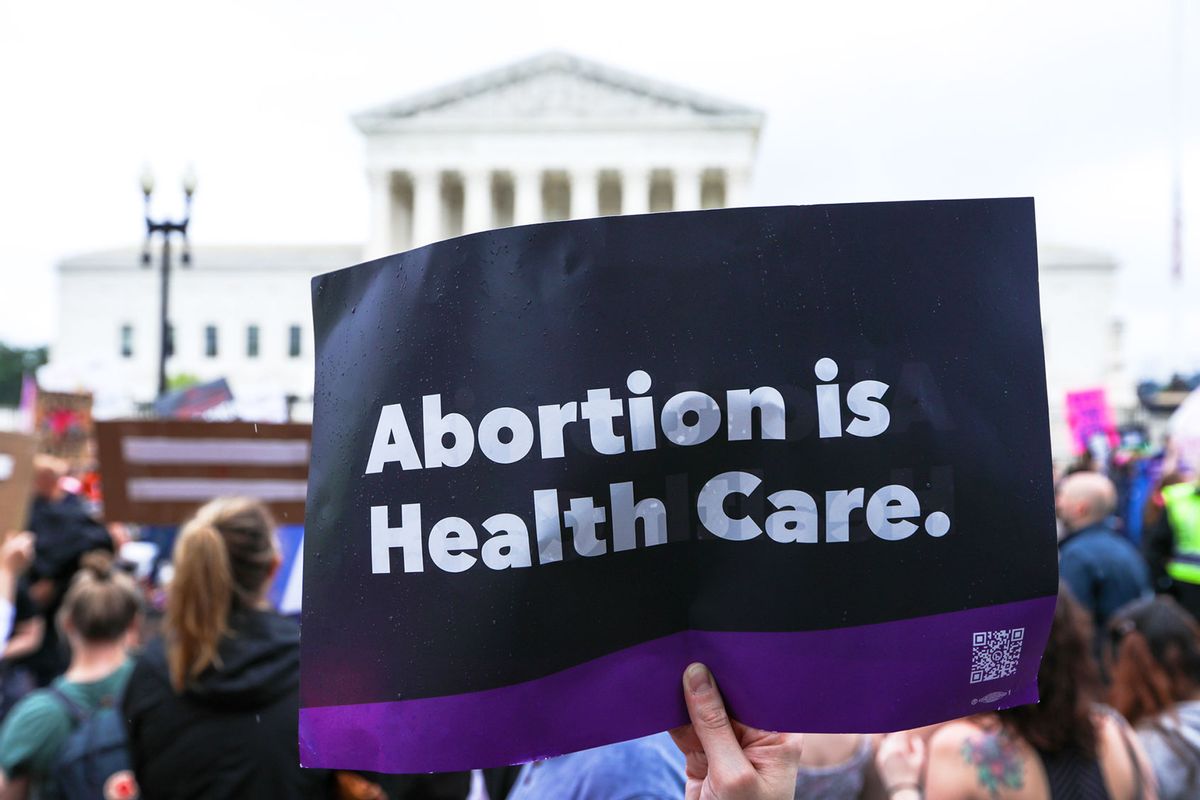A forthcoming Supreme Court decision this June on access to lifesaving care threatens the very basis of why I became an emergency medicine doctor: anyone, anywhere, anytime.
When a patient is rushed into my emergency department, I do not stop to ask them for their credit card. I don’t require them to put down a deposit before stopping their bleeding, treating their pain, or getting them treatment for a heart attack. I don’t stop to make sure our hospital accepts their insurance or to ask if they have insurance at all. I simply do what I have spent many years training to do: provide the best possible, and often lifesaving, care to people who are in crisis.
That’s because the federal law the court will be ruling on has guaranteed that all Americans have the right to receive care at the emergency room of any hospital, regardless of income or insurance status. When any patient comes into the emergency room experiencing a health crisis, the hospital is required to stabilize the patient and if necessary, transfer the patient to a hospital with more specialized capabilities to treat them. Recent polling shows that when asked about the law, most Americans overwhelmingly support access to the life saving care that a patient needs without restrictions.
It wasn’t always this way. Before these legal protections guaranteed treatment regardless of the ability to pay, patients were routinely turned away from hospitals and emergency rooms – just because of their inability to pay or lack of health insurance. In one instance, a sick child was essentially thrown out of a hospital because her parents could not pay the fee. It was $7 for a week. In others, a man experiencing third-degree burns was turned away by three hospitals because he was uninsured and a 63-year-old woman experiencing homelessness was dumped by a hospital on skid row and later found wandering around the streets in a hospital gown and slippers.
I chose to go into emergency medicine to serve the most marginalized in our society, but conservative anti-abortion lawmakers are working to make it impossible for me to provide that care.
Thanks to this law that guarantees lifesaving care, patients are now able to receive the treatment they urgently need in emergency departments. It has no exceptions and applies to all kinds of emergencies–including when emergency abortion care is necessary to preserve the patients’ health or to save their life. But anti-abortion extremists want to exclude pregnant people from these long-standing protections and force doctors like me to turn away patients suffering life-threatening pregnancy complications.
The Supreme Court is now taking up a consolidated case– Idaho v. United States and Moyle v. United States– that will determine if state abortion bans and restrictions take precedence over this decades-old legislation that has saved countless lives. If the same Supreme Court that struck down the constitutional right to abortion sides with anti-abortion extremists again, it will have nationwide implications for the right to emergency abortion care and endanger the most vulnerable people who this legislation was enacted to protect. Nearly four in five voters polled support that the law takes precedence over state abortion bans in the case of an emergency.
We are currently facing a maternal mortality crisis in this country, which has only been made worse by the many abortion bans and restrictions put in place after the overturning of Roe v. Wade. If the Supreme Court rules to exclude pregnant people from the lifesaving care protections, Black and Indigenous women who face high rates of maternal mortality and morbidity will be disproportionately impacted. The ruling would also further harm people who visit ERs at higher rates due to systemic barriers to health care including those in rural areas, those who earn low-incomes, are Latinx, Black or Indigenous, or are immigrants.
We need your help to stay independent
These attacks won’t only impact pregnant patients who need emergency care or the most vulnerable among us – it will make it harder for emergency physicians like myself to provide care to all patients that come through our doors. If this group of patients is excluded from these critical legal protections, who will be next?
This case is not an isolated attack on our reproductive freedoms; it is part of anti-abortion extremists’ strategy to completely ban abortion nationwide. This year alone, both Florida and my home state of Arizona have enacted extreme abortion bans – and just last month the Supreme Court heard a case that will have far-reaching implications for access to the abortion medication mifepristone.
I chose to go into emergency medicine to serve the most marginalized in our society, but conservative anti-abortion lawmakers are working to make it impossible for me to provide that care and are inserting themselves between me and my patients in every state in this country. Everyone who needs emergency care– including abortion– should be able to get the care they need without interference from politicians. Anyone, anywhere, anytime.
Read more
about this topic

Shares